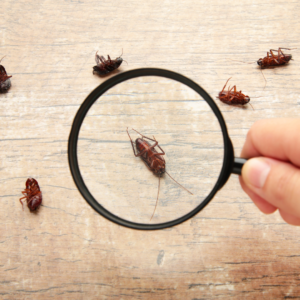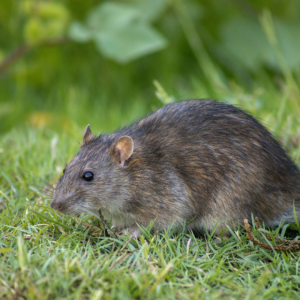Pests can be a nuisance and even a health hazard. They invade our homes, gardens, and other areas of our lives without warning. Knowing the types of pests in your area is an important step in preventing their spread and keeping them from taking over.
If you suspect an infestation, you can trust that Rodent Control Tauranga professionals will be well-equipped to handle the situation. They have the necessary expertise and resources to assess the extent of the infestation, identify pests and species involved, and implement effective control measures. These professionals are knowledgeable about the behavior and habits of rodents, allowing them to develop a targeted and comprehensive control plan.
This article will cover some common types of pests and provide strategies on how to identify, prevent and control them.
Common Types of Pests

- Insects: The most common type of pest is insects such as ants, termites, cockroaches, fleas, bed bugs, and more. These pests can quickly spread and cause damage to your home or garden if not dealt with properly. Identification of these pests is essential to proper prevention and control.
- Rodents: Rodents like rats, mice, gophers, moles, and squirrels can chew through walls and wires and spread diseases. They are usually found near food sources or nesting areas such as in attics or basements.
- Birds: Pigeons, starlings, and sparrows are the most common birds that can become pests. They can cause messes and damage in areas such as rooftops or overhangs.
- Wildlife: Raccoons, skunks, foxes, opossums, and bats are a few examples of wildlife that pose a threat to people, property, and gardens. They can spread diseases and cause damage to structures if not properly removed from the premises.
- Parasites: Ticks, fleas, and mites are common parasites that can cause health issues for humans and animals. These pests must be treated immediately to prevent further spreading of disease or infection.
Prevention Strategies

- Sanitation: Keeping a property clean and free of debris can help reduce pest problems. This includes regular trash removal, food storage areas kept clean and organized, and proper maintenance of buildings.
- Exclusion: Sealing cracks and crevices in buildings is an effective way to prevent pests from entering. This includes checking for and sealing any gaps around windows, doors, plumbing, and electrical outlets.
- Traps: Pest traps are an effective way to remove pests from a property without the use of chemicals or pesticides. It is important to note that not all traps work on all types of pests.
- Repellants: Natural and chemical repellents can be used to discourage certain types of pests from entering or staying in an area. Be sure to research the best type of repellent for specific pest problems before using them.
- Pest Management Plan: Developing and following a pest management plan is essential for preventing pests from taking over your space. This includes regularly inspecting the property, monitoring traps, and applying treatments as needed.
By understanding the different types of pests and employing prevention strategies, it is possible to keep them away from your property or home. If pests become a problem, it is important to take immediate action and consult a professional for assistance.
Conclusion
Identifying and preventing pests from taking over your home, garden, or other areas of your life is essential to maintaining a safe and healthy environment. Knowing the common types of pests and implementing prevention strategies such as sanitation, exclusion, traps, and repellents can help reduce the chances of a pest infestation. With proper knowledge and preparation, you can easily keep pests at bay.
